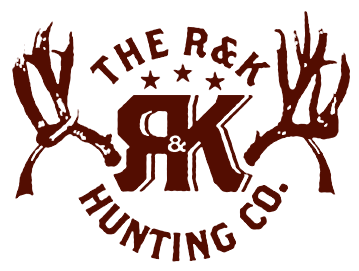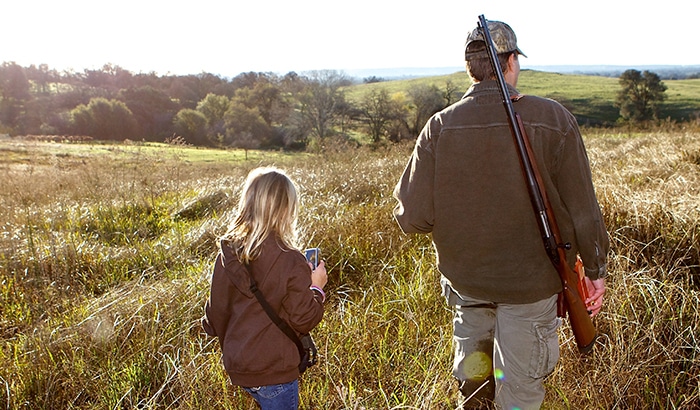As the hunting season approaches, it’s important to refresh yourself on how to prep your deer for taxidermy.
The goal is to end your season with an exciting trophy animal, and proper field care is necessary so that you can admire your harvest for years to come. What you do in the field just after your harvest is crucial when preserving your trophy for mounting.
Scroll on for more information on prepping your animal for this process.
How to Prep Your Deer for Taxidermy
Every season, taxidermists are given capes that are unusable. Whether they are cut too short, or the harvested animal has been left above freezing for too long and the hair begins to slip, the cape is unusable. It’s essential not to make mistakes in the field that will ruin your mount. Here are a few pro tips for prepping your deer for this process:
Field Dress ASAP
— It’s important to field dress your trophy as soon as it’s down. As you finish the belly incision, make sure you don’t cut into the chest or brisket area. You’ll need to reach into the chest cavity to retrieve the heart, but it’s crucial to stop as soon as you reach the rib cage. Do your best to keep blood, dirt, and debris off of your animal’s fur.
Carefully Pack Out Your Animal
— Make sure to pack out your trophy carefully. Deer fur can easily become damaged and is prone to breakage because it’s hollow. While this is ideal for insulating the animal, it’s not ideal when removing it from the woods or mountainside. Use a tarp to wrap up the deer to keep from damaging the fur with dirt, rocks, and brush. Cautiously removing the deer will protect the hide and keep it in mounting-worthy shape.
Quickly Cool Your Harvest
— The sooner you can cool your deer, the better. Rapidly cooling your harvest will prevent the meat from spoiling and the fur from slipping. Drop off your deer to your meat processor promptly and let them know you have caped it for taxidermy. If you plan to do it yourself, remove the hide and cape it as soon as possible to avoid trapping heat.
Freeze the Cape
— Once you remove the cape, get it in a freezer or cooler, but don’t let it get damp. Wet fur can grow bacteria and is then susceptible to slippage. Try double bagging the cape with trash bags to ensure it stays dry.
Hire Help if Necessary
— There are many videos and diagrams available online on how to remove hide and capes. However, if you’re unsure or don’t feel comfortable doing it yourself, call your taxidermist. They can talk you through the process or can be hired to do it for you.
Contact R & K Hunting Company
The best looking mounts and taxidermy start with the best-looking animals. Find your trophy animal with the expert guides at R & K Hunting Company. Our professionals have years of experience and are Utah and Wyoming’s trusted guide experts. Book your Rocky Mountain hunting adventure today!


